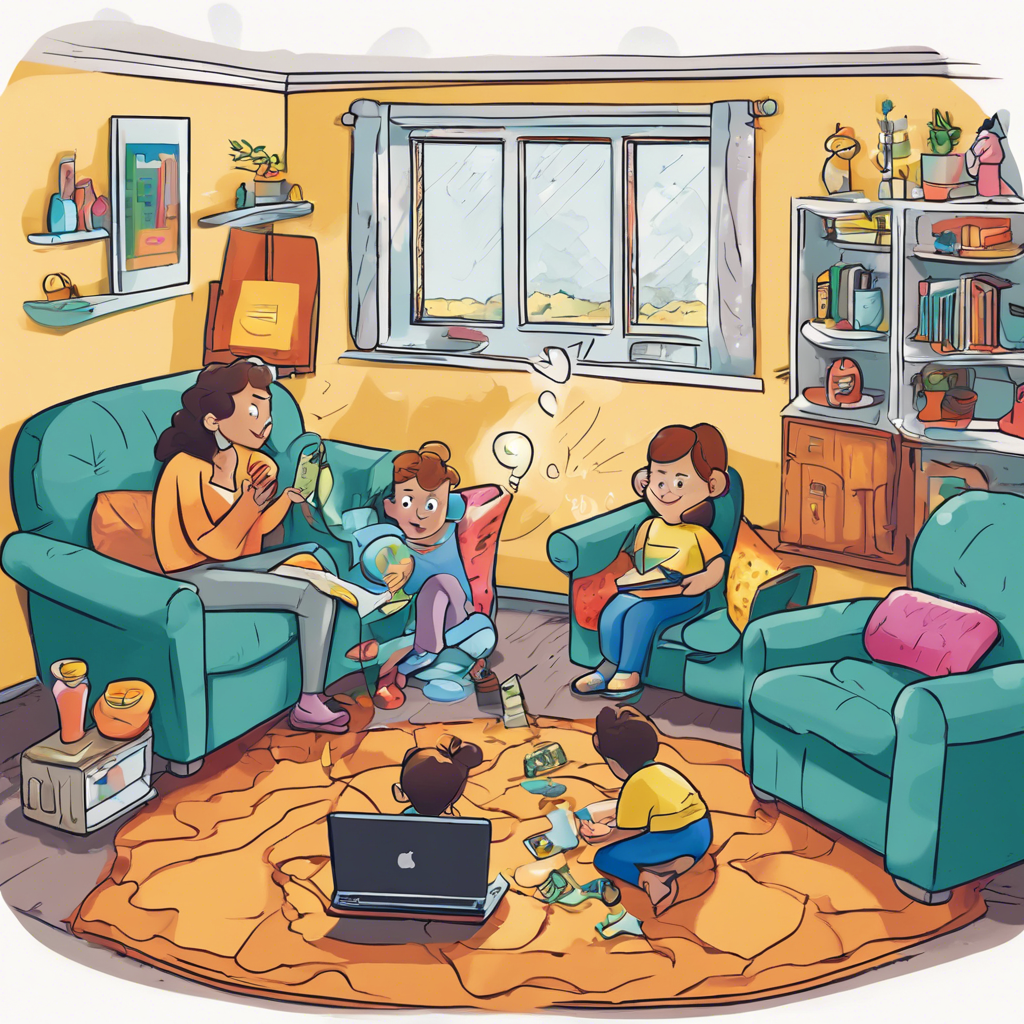What Specific Economic Challenges Did Communities Face After The Great Depression, And How Did They Impact Social Dynamics?
Gathering question image...
Introduction
The Great Depression, beginning in 1929 and extending through much of the 1930s, was a historic period of significant economic crisis that profoundly impacted communities around the globe. The aftermath of this severe economic downturn introduced specific economic struggles that reshaped social dynamics and influenced individual lives. The repercussions of this era continue to inform current economic policies and social frameworks.
Impact on Employment and Income during the Great Depression
The Great Depression resulted in unprecedented levels of unemployment, with millions losing their jobs and financial stability. This alarming job loss triggered a decline in household incomes and increased poverty levels across affected communities.
- Unemployment rates skyrocketed to approximately 25% in the United States, reaching a peak in 1933 and leaving families in financial distress.
- As traditional job opportunities diminished, many individuals resorted to informal economies or bartering systems to meet their basic needs.
Shifts in Social Dynamics During Economic Hardship
The rise in poverty levels led to notable transformations in social relationships and community interactions. Traditional social structures were either strained or completely redefined as individuals and families adapted to the harsh realities of economic hardship.
- Many families relied more on extended family members, pooling resources to survive, which altered family dynamics and support systems.
- Social stigmas associated with poverty began to emerge, influencing community relationships and creating rifts among different socioeconomic groups.
Government and Community Responses to Economic Challenges
The widespread economic hardships prompted significant shifts in government policies and increased activism within local communities. Relief and recovery programs gained momentum as a direct response to the economic crisis.
- Initiatives like the New Deal were implemented to create job opportunities and assist those in financial need, establishing the foundation for contemporary welfare systems.
- Grassroots organizations emerged, emphasizing mutual aid and communal support among residents, fostering solidarity and enhancing social activism.
Conclusion
The economic hardships faced by communities following the Great Depression had significant effects on social dynamics and relationships, prompting both governmental and community-driven initiatives to navigate the crisis. Understanding these transformative impacts sheds light on how economic difficulties can reshape societal interactions and community structures, influencing policies and social support systems for future generations.
Expert Quote
Dr. David Blanchflower, Economist and Former Member of the Bank of England's Monetary Policy Committee
The Great Depression fundamentally altered the social fabric of communities; as unemployment rose, families became more reliant on one another, which in turn reshaped social interactions and community support systems.
Article in The Guardian, 'The Lessons of the Great Depression', 2020
Relevant Links
Hidden Consequences: The Impact of Incarceration on Dependent ...
https://nij.ojp.gov/topics/articles/hidden-consequences-impact-incarceration-dependent-childrenOur Epidemic of Loneliness and Isolation
https://www.hhs.gov/sites/default/files/surgeon-general-social-connection-advisory.pdfGlobalTrends_2040.pdf
https://www.dni.gov/files/ODNI/documents/assessments/GlobalTrends_2040.pdfThe Root Causes of Health Inequity - Communities in Action - NCBI ...
https://www.ncbi.nlm.nih.gov/books/NBK425845/Socioeconomic Status, Family Processes, and Individual ...
https://pmc.ncbi.nlm.nih.gov/articles/PMC2910915/Most popular questions

How Do The Personal Relationships Among Gods Affect Their Decisions In The Iliad?
The intricate relationships among the gods in Homer's epic poem 'The Iliad' play a crucial role in shaping their actions and decisions. These divine interactions create a complex web of fates, where each god's personal alliances and rivalries directly influence the events of the mortal world.

What Strategies Can Parents Use To Educate Their Children About Online Safety Beyond Privacy Settings?
In today's digital landscape, teaching children about online safety is essential for their protection and well-being. While privacy settings play a critical role, parents can implement various strategies to create a thorough understanding of online safety principles among their children.

What Are The Different Types Of Insulation Materials Commonly Used In Buildings, And How Do They Compare In Terms Of Thermal Resistance?
Insulation materials are vital for enhancing energy efficiency in residential and commercial buildings by minimizing heat transfer. Understanding the various insulation types can lead to better choices for thermal resistance and overall comfort.
Most recent questions

How Do Aging Processes Affect The Flavor Profiles Of Cheeses And Their Pairing With Wines?
The aging process of cheese, known as affinage, is vital in developing its unique flavor profile while greatly influencing its compatibility with wines. As cheese matures, the transformations in its texture and taste create a rich tasting experience that pairs exquisitely with various wines, enhancing culinary enjoyment.

What Roles Do Cultural Norms Play In Shaping Audience Participation During Musical Performances?
Cultural norms represent the unwritten rules that influence how individuals engage and behave within a society. These norms are essential in shaping audience participation during musical performances, driven by expectations, shared values, and the traditions inherent in different cultures.

How Do Authors Of Original Narratives Use Cultural Context To Inform Their Character Arcs In Ways That Fan Fiction Writers Might Not?
Original narrative authors skillfully integrate rich cultural contexts into their character arcs, creating multifaceted meaning and character development that deeply resonate with readers. Unlike fan fiction creators, who often expand on existing narratives, original authors have the distinct opportunity to shape their characters within unique cultural frameworks, leading to richer storytelling.